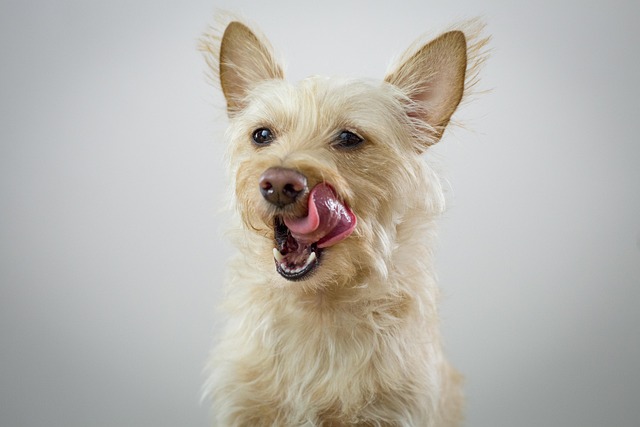
What is glaucoma in a dog?
You might notice your dog squinting more at mealtime or avoiding bright sunlight—these small changes could be early signs of a serious eye condition.
As summer temperatures climb, you might notice your pup panting like a freight train after even a short walk, or seeking out every cool spot on your apartment floor—from the AC vent to the tile by the fridge. For new dog owners in places like Phoenix or Miami, where heatwaves can hit 100°F by 9 a.m., understanding what happens to dogs in extreme heat isn’t just about comfort; it’s about keeping them safe. That wagging tail depends on you recognizing when the temperature crosses from warm to dangerous.
Dogs handle heat very differently from humans. We sweat through our skin to cool down, but dogs only have sweat glands in their paw pads—hardly enough for a 60-pound Lab. Instead, they rely on panting to release heat, which works great on mild days but fails when the air itself is too hot. When their body temperature rises above 104°F, their organs start to struggle: the brain swells, kidneys strain, and if left unchecked, heatstroke can be fatal within hours. Brachycephalic breeds like Bulldogs or Pugs are extra vulnerable—their short snouts make panting less effective, turning a sunny afternoon into a risk in minutes.
So, what can you do? Start by adjusting your routine: skip midday walks in favor of early mornings or evenings when the pavement is cool enough to touch with your bare hand (if it burns your palm, it’ll burn their paws). Keep fresh water everywhere—bowls in every room, a portable bottle for walks, even a kiddie pool in the backyard for them to splash in. In apartments, close curtains during the day and use fans to circulate air; cooling mats under their bed work wonders on sticky summer days. My neighbor in Austin learned this the hard way last July—her Beagle started lethargic after a 2 p.m. walk, and a trip to the vet (with a $300 bill) taught her to stick to sunrise strolls.

Responsible dog ownership in the U.S. means heat safety ties into broader rules too. Before summer hits, schedule a vet checkup to ensure vaccines are current—healthy dogs handle heat better, and rabies shots are legally required in every state. When walking, even in the cool hours, always carry biodegradable poop bags; heat doesn’t excuse skipping this community duty. If your pup gets overexcited or restless in the heat, stay calm—yelling or scolding (never physical correction) will only raise their stress (and body temperature) more. Instead, redirect with a frozen treat or a quiet cuddle in the AC—positive reinforcement keeps both of you cool-headed.
In apartments, be mindful of noise: a hot, bored dog might bark more, so provide puzzle toys to keep them occupied. When passing other dogs on walks, give extra space—heat can make even friendly pups irritable. By staying alert to the signs (excessive panting, drooling, weakness) and adjusting your routine, you’ll turn summer from a hazard into a season of lazy afternoons with your cool, happy companion.

You might notice your dog squinting more at mealtime or avoiding bright sunlight—these small changes could be early signs of a serious eye condition.

Let’s set the scene: It’s a sweltering Phoenix afternoon—105°F outside—and you rushed your 2-year-old Lab mix, Cooper, on a quick walk to “get it over with.”

Let’s get real: You’re in your Miami apartment, watching your 3-year-old Corgi, Loki, struggle to climb the stairs to your second-floor unit.

Many dog owners brush off occasional scratching as just “dog behavior,” but persistent itching often signals something more—like a food allergy.

You might first notice your dog scratching more than usual—chewing at their paws until the fur looks thin, or rubbing their face against the couch nonstop.

Let’s be real: You’re standing in your Chicago apartment, watching your 3-year-old Beagle, Max, huff and puff just to climb onto the couch.